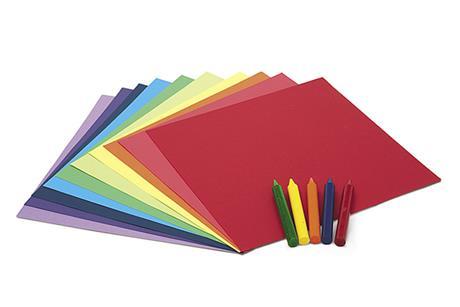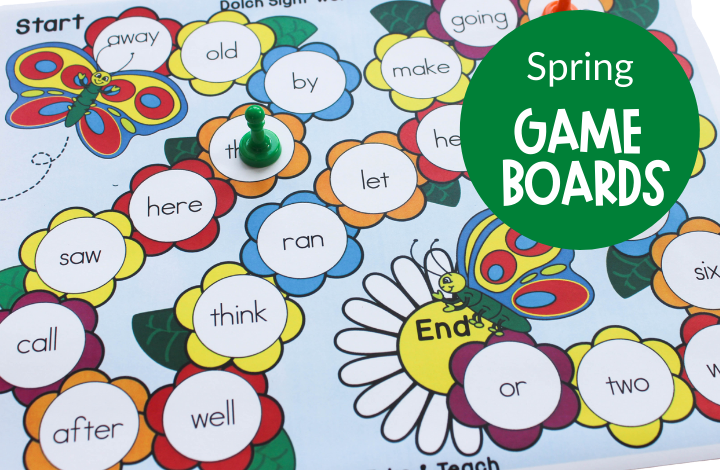Handy Facts To Choosing Italian Primary Teaching Support
Wiki Article
What Technology For Education Tools, Manipulatives And Visual Aids Are Best For Italian Nurseries?
Visual aids, manipulatives and educational technology could all play a vital part in the education and growth of children at Italian preschools. Here are a few examples of appropriate materials Manipulatives: They are items that children use to play, explore, and develop their problem-solving and fine motor abilities. Some manipulatives suitable for Italian nurseries are puzzles, blocks, sorting games and stacking toys.
Visual aids. Visual aids can aid your child in learning concepts, as well as encourage the development of their language. Posters, charts, picture books as well as maps are all examples of visual aids that can be used for Italian nurseries.
Technology for education: Educational technology tools can aid students in learning and enhance their performance. Educational technology for Italian nurseries could include interactive whiteboards as well as touchscreen tablets equipped with educational software, as well as audiovisual equipment that can show animated videos for education and educational content.
It is important to remember that the materials used in Italian preschools must be appropriate for the age of the child. Materials should also be chosen taking into account the interests and needs of the pupils. Teachers and caregivers of the nursery should examine and revise the materials used to ensure they remain relevant and useful for their students. See the most popular materiale didattico italiano sostegno for blog info.

What Maths Teaching Materials And Educational Aids Are Used In Italian Nurseries?
There is a way to assist youngsters develop their mathematical, spatial problem-solving, and other abilities by using mathematics educational materials. These are just a few suggested materials.
Charts and number cards: These can be used as a method of introducing children to counting and numbers. These could be large, colorful cards, or bigger numbers to hang on the wall.
Shape manipulatives are a great tool to help children learn about the properties of shapes, how they work and help develop spatial thinking.
Measuring tool: Measuring or comparing tools, such as rulers, measuring tools and scales, can help kids to build and expand their mathematics vocabulary.
Simple games and puzzles Simple games and puzzles like jigsaws and dominoes, or matching games can assist in the development of children's problem solving abilities, attention to detail and focus.
Technology-based tools: Tools like tablets that include educational math apps as well as other games can be used to engage children, and provide additional resources for their learning.
The materials must be used in a manner that is developmentally appropriate and safe for young children. They can be utilized by caregivers and teachers to create interactive and engaging math-related activities for children to stimulate their curiosity and love of education. Read the recommended schede didattiche matematica for blog examples.

What Kind Of History-Related Educational Materials Are Recommended For Italian Nursery Schools?
History didactics cards are a great method to provide children in Italian nurseries with basic historical concepts. These are the kinds of history cards that may be suggested. Cards featuring famous people. People cards that are famous help youngsters to understand historical figures such as scientists and explorers. They could include pictures of famous people as well as information on their life experiences.
Timeline Cards: Timeline card can help children understand how the historical events are interconnected. Illustrations can be used to show important dates and events.
Cultural cards: Cultural card can be used to teach children about the diverse cultures, traditions and the past. Cards may contain images of traditional clothing and food along with songs, customs, and other aspects of culture.
Artifact cards: Artifact cards assist children to comprehend and visualize the history of events and how they affect life. They may include images of items from different styles and times.
Map cards are a great way to teach children the history and geography of various nations. These cards may include maps, historical information and drawings.
Choose historical didactic cards for children that are interactive, engaging and appropriate for children of all ages. Teachers and parents can make use of these cards to develop engaging and interactive games about the past that inspire children's curiosity and enthusiasm for the past. Read the best materiale didattico storia sostegno for website recommendations.

What Materials For Geography Education Are Needed By Italian Nurseries?
In Italian nurseries, geography-related teaching tools can be utilized to aid children in learning about the world as well as different cultures. These are some examples for geography materials that could be needed such as maps. They are a great way for children to learn about the geography and geography of various nations and regions and also the place of natural landmarks.
Globes are a great way for kids to see the Earth's surface and teach them about continents and oceans.
Pictures and videos Images and videos from different places and cultures can help children learn about the global diversity and gain an appreciation for different ways of life.
Books that are age-appropriate, appropriate for children featuring different cultures and locations can aid children in developing an understanding of geography as well as a sense curiosity about the globe.
Natural materials: Natural resources like shells, rocks and even plants can assist youngsters learn about the different habitats and ecosystems.
Field Trips: Kids can acquire valuable knowledge about geography by taking field trips to local Zoos, parks and museums.
It is crucial to select geography-related teaching materials that are age-appropriate and culturally sensitive. They help teachers and caregivers to design engaging and interactive activities that foster the love of learning among children and curiosity.
